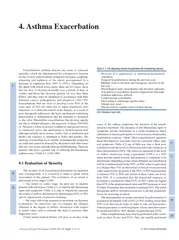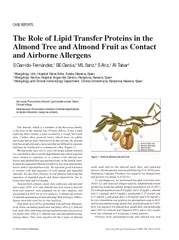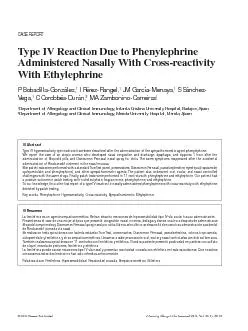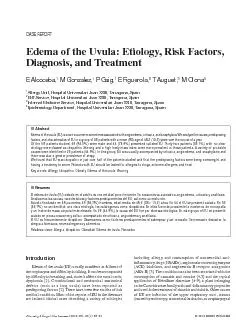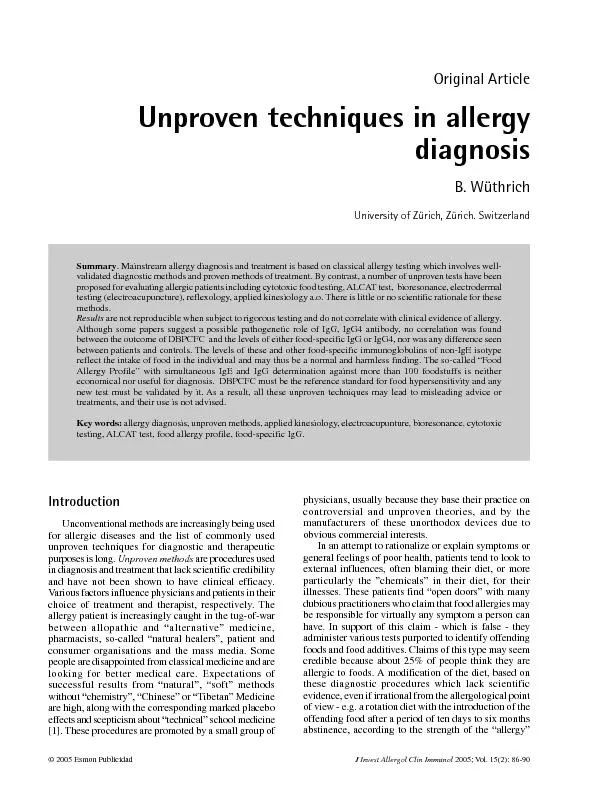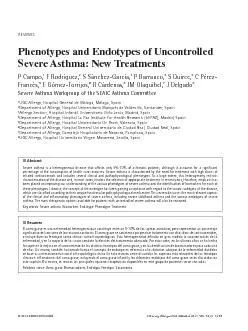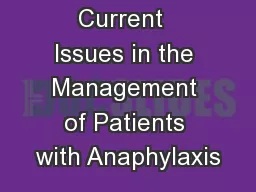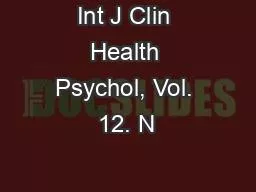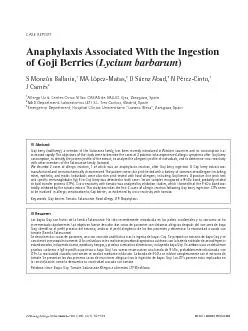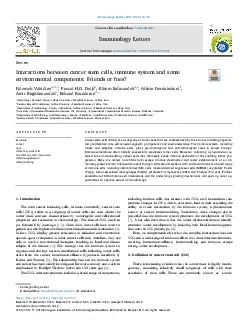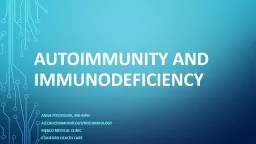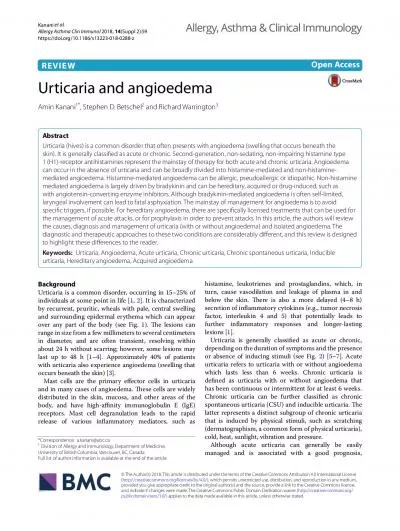PDF-J Investig Allergol Clin Immunol Vol
Author : calandra-battersby | Published Date : 2015-06-13
20 Suppl 1 2731 2010 Esmon Publicidad Asthma Exacerbation Exacerbations asthma attacks are acute or subacute episodes which are characterized by a progressive increase
Presentation Embed Code
Download Presentation
Download Presentation The PPT/PDF document "J Investig Allergol Clin Immunol Vol" is the property of its rightful owner. Permission is granted to download and print the materials on this website for personal, non-commercial use only, and to display it on your personal computer provided you do not modify the materials and that you retain all copyright notices contained in the materials. By downloading content from our website, you accept the terms of this agreement.
J Investig Allergol Clin Immunol Vol: Transcript
Download Rules Of Document
"J Investig Allergol Clin Immunol Vol"The content belongs to its owner. You may download and print it for personal use, without modification, and keep all copyright notices. By downloading, you agree to these terms.
Related Documents

